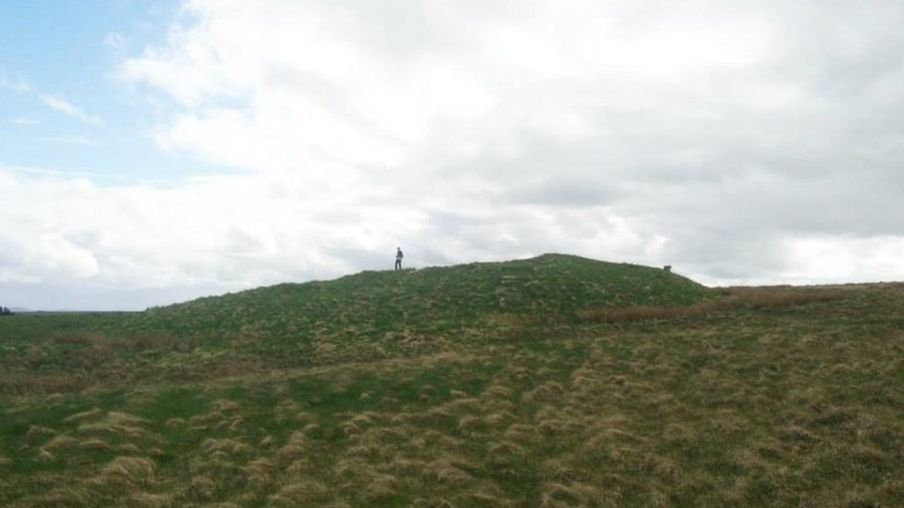
PHOTO: BBC.com
CAITHNESS, SCOTLAND – Archaeologists have found, once again, that Scotland seems to bear more historical resemblance to Scandinavian countries than Britain.
The find centralizes around an ancient broch, or an Iron-Age drystone hollow-walled structure unique to Scotland. Scottish archaeologists often refer to them as “complex atlantic roundhouses”. They’re regarded as the castles of ancient Iron-Age chieftains. Some date back even farther than the 1st century BC!
Caithness is home to more brochs than anywhere else in Scotland. Archaeologists believe that they were mostly used as defensive, or even offensive structures in some instances. Some of them stand by cliffs and were protected by enormous ramparts, artificial or natural. Others are placed at key points, such as on each side of narrow stretches of water. John Stewart, in 1956, suggested that brochs were essentially watchtowers meant to scan and protect the surrounding countryside and seas.

PHOTO: visitouterhebrides.co.uk
All in all, these are some of Scotland’s most formidable and ancient structures, and nobody can quite agree on who built them or why. One site, though, is giving us clues.
Caithness’ Thing’s Va Broch near Thurso actually takes its name from the Norse “Thing”, or parliament. New research at the site suggests that the name may be more than just coincidence. “Thing’s Va” resembles the old Norse ‘Þingvellir’, or “Thingsvellir”, which directly translates as ‘assembly fields’.
The Caithness Broch Project conducted a geophysical survey of Thing’s Va Broch in August, together with archaeologists from Orkney Research Centre for Archaeology and the University of the Highlands and Islands Archaeology Institute. Through further study of the Things Va Broch, they have found evidence that supports the theory that Things Va’s name was more than just a coincidence:
- The Broch is located near parish boundaries, making it a ‘neutral zone’. It’s an excellent place to hold diplomatic matters.
- Its location is strategic, allowing for a commanding view of the nearby countryside.
- Vikings often reused mounds, both as burial mounds and as sites to put castles. By reusing Things Va Broch as a site for a Thing, they were stating their control over the native area.
- There’s a stream northwest of the broch. “Streams and rivers are important in Norse Mythology,” the Broch Project says, “such as the river Gjöll, which separates the living realm from the dead realm, and so that by ‘crossing the stream’ into the Thing site, one is passing into a more important and more ‘holy’ place – and what you say is binding, lest you feel a temporal wrath!”
- The site resembles other broch sites across Scotland who also were heavily influenced by Norsemen. Many of the coasts north of Caithness bear Viking names, such as Wick, Thurso, and Ousdale.
So, what does this mean for Scotland?
It’s clear that Caithness was a seat of Viking power in Scotland. Scotland wasn’t merged with Great Britain until the Act of Union in 1707 AD. Before that, Scotland was mostly independent. In the Second Century AD, native Scottish clans repelled Roman invaders so fiercely that Emperor Hadrian was forced to draw a boundary line with the famous Hadrian’s Wall and go no further north.
Post-Brexit, many Scottish people feel that their interests are no longer in alignment with the rest of Britain. However, Scotland is currently very economically dependent on Britain. As Scotland is looking toward perhaps breaking free of Britain and becoming its own independent nation, many, including the Scottish PM, believe that Scotland should look to their Nordic neighbors.
Scotland has more in common historically with the countries north of it than it does the country south. Discoveries like the gatherings at Thing Va Broch only affirm that fact.

